1. Freestanding Kitchen Bar Ideas
A freestanding kitchen bar is a great option for those who want a more versatile and flexible design. The bar can be moved around or even removed completely, making it perfect for smaller kitchens or those who like to change up their space frequently. To create a freestanding kitchen bar, consider using a kitchen island on wheels or a countertop supported by a sturdy base. This type of bar allows for easy access to both sides and can be used for dining, prep work, or as a casual gathering spot.
2. How to Create a Kitchen Bar Without Cabinets
If you want a kitchen bar but don't want to invest in cabinets, there are still plenty of options available. One idea is to use a large kitchen island with an overhang for seating. This creates a bar-like area without the need for cabinets. Another option is to use a sturdy console table or sideboard against a wall and add bar stools for seating. You can also use a bookshelf or open shelving unit to create a makeshift bar by displaying glasses, bottles, and other bar essentials.
3. Open Kitchen Bar Design
An open kitchen bar design is perfect for those who want to create a seamless flow between the kitchen and living or dining area. This type of bar typically features a countertop that extends out from the kitchen, creating a casual and inviting space for guests to gather. To enhance the open design, consider using bar stools with a low back or no back at all. This will allow for an unobstructed view of the kitchen and help the space feel more open and airy.
4. DIY Kitchen Bar Ideas
Creating a kitchen bar doesn't have to break the bank. With some creativity and a little bit of DIY skills, you can design a bar that fits your budget and style. One idea is to repurpose an old dresser or buffet as a bar by removing the top drawers and adding a countertop. You can also use reclaimed wood to create a rustic bar top or use paint and stencils to add a pop of color to a plain bar area. The possibilities are endless with DIY kitchen bar ideas.
5. Bar Top Ideas for Kitchen
The bar top is the centerpiece of any kitchen bar, so it's important to choose a material that not only looks great but is also functional. One popular option is to use quartz or granite for a sleek and durable bar top. If you want a more rustic or natural look, consider using butcher block or reclaimed wood. For a unique touch, you can even use a piece of live edge wood as a bar top. Just make sure to properly seal and maintain the surface for longevity.
6. Creating a Kitchen Bar with a Floating Countertop
If you want to create a kitchen bar without the support of cabinets or a base, a floating countertop is a great option. This type of bar features a countertop that is attached to the wall and appears to be floating. This creates a modern and clean look that is perfect for smaller spaces. Just make sure to use strong and sturdy brackets to support the weight of the countertop and any items that will be placed on it.
7. Kitchen Bar Design Without Upper Cabinets
For a more open and airy feel in the kitchen, consider designing a bar area without upper cabinets. This will allow for more natural light to flow into the space and create a more spacious feel. Without upper cabinets, you can also add shelves or a floating bar to display glasses and other bar essentials. Just make sure to have enough storage in other areas of the kitchen to make up for the lack of upper cabinets.
8. Non-Traditional Kitchen Bar Ideas
If you want a unique and non-traditional kitchen bar, the possibilities are endless. One idea is to use a vintage or antique piece of furniture, like a dresser or hutch, as a bar. You can also repurpose an old door or window frame as a bar top and add legs for support. Another option is to use a large tree stump as a bar top for a rustic and natural look.
9. Using a Kitchen Island as a Bar
A kitchen island is a versatile piece of furniture that can also double as a bar. If you have a large island with an overhang, it's perfect for adding bar stools and creating a casual dining or gathering spot. You can also add a small sink or wine fridge to the island to make it a fully functional bar area. Just make sure to leave enough space for traffic flow and access to other areas of the kitchen.
10. Kitchen Bar Ideas for Small Spaces
Even if you have a small kitchen, you can still create a functional and stylish bar area. One idea is to use a narrow console table against a wall and add bar stools for seating. Another option is to use a fold-down table attached to the wall that can be used as a bar when needed and folded down when not in use. You can also use a small cart or bar cart that can be easily moved around the kitchen as needed.
Why a Kitchen Bar Not Connected to Cabinets is the Latest Trend in House Design

The Evolution of Kitchen Design
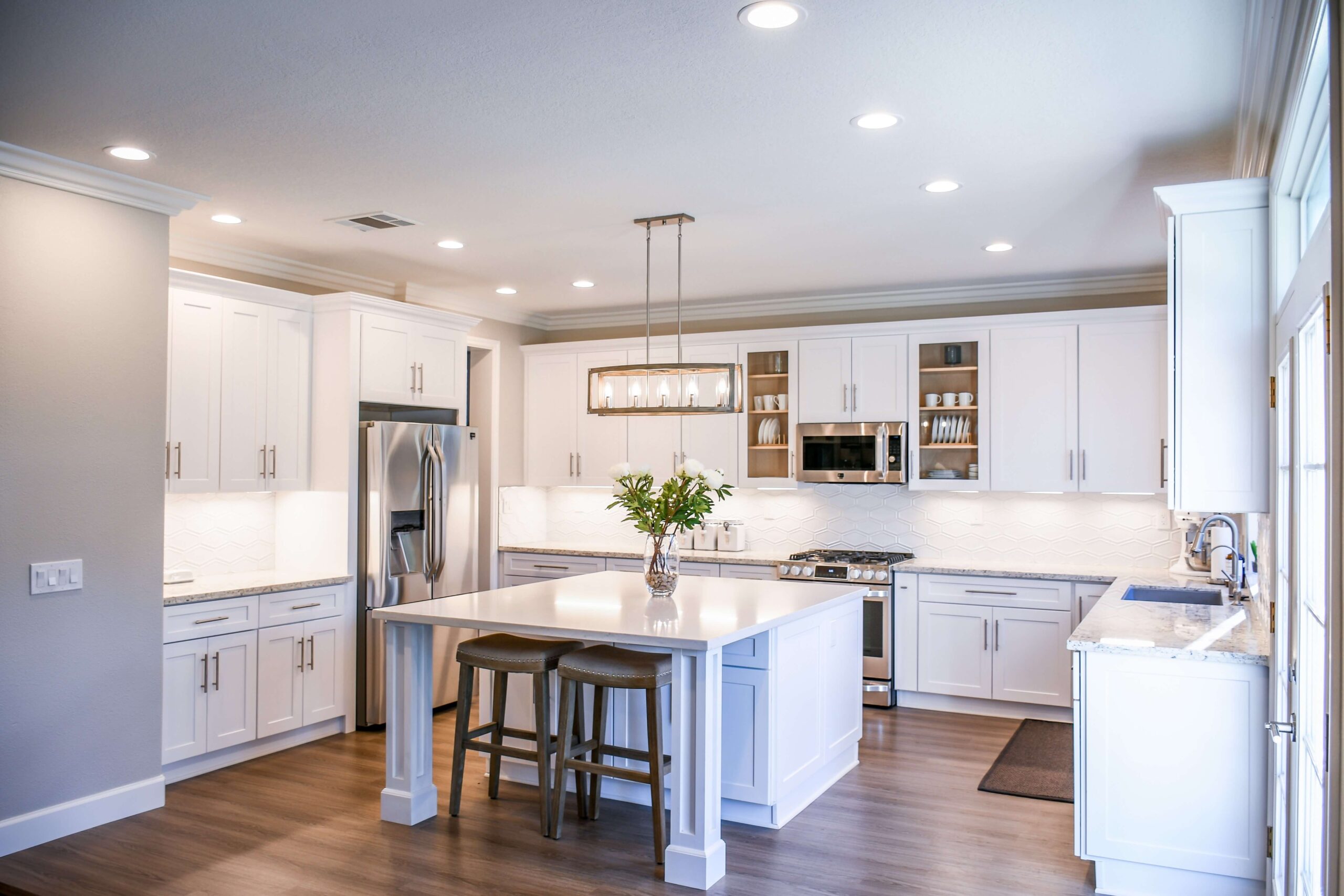 The kitchen has evolved from being a purely functional space to the heart of the home. It is now a place where families gather, meals are shared, and memories are made. With this shift in perspective, kitchen design has also evolved. One of the latest trends in modern house design is having a kitchen bar that is not connected to the cabinets.
The kitchen has evolved from being a purely functional space to the heart of the home. It is now a place where families gather, meals are shared, and memories are made. With this shift in perspective, kitchen design has also evolved. One of the latest trends in modern house design is having a kitchen bar that is not connected to the cabinets.
The Advantages of a Disconnected Kitchen Bar
 Traditionally, kitchen bars were built as an extension of the kitchen cabinets, providing additional workspace and storage. However, with the rise of open-concept living spaces, a disconnected kitchen bar has become a popular choice for many homeowners. There are several advantages to having a kitchen bar that is not connected to the cabinets.
1. Space-saving
In smaller homes or apartments, a disconnected kitchen bar can save valuable space. By not being attached to the cabinets, it allows for a more open and fluid layout, making the kitchen feel less cramped and more spacious.
2. Versatility and Functionality
Having a kitchen bar that is not connected to the cabinets allows for more versatility in its use. It can be used as a breakfast bar, a place for casual dining, or as a workspace for cooking and meal preparation. This makes it a multi-functional feature in the kitchen.
3. Aesthetic Appeal
A disconnected kitchen bar can also add a touch of modern and sleek design to the kitchen. It creates a visual break in the cabinetry, making a statement and adding interest to the overall look of the space.
Traditionally, kitchen bars were built as an extension of the kitchen cabinets, providing additional workspace and storage. However, with the rise of open-concept living spaces, a disconnected kitchen bar has become a popular choice for many homeowners. There are several advantages to having a kitchen bar that is not connected to the cabinets.
1. Space-saving
In smaller homes or apartments, a disconnected kitchen bar can save valuable space. By not being attached to the cabinets, it allows for a more open and fluid layout, making the kitchen feel less cramped and more spacious.
2. Versatility and Functionality
Having a kitchen bar that is not connected to the cabinets allows for more versatility in its use. It can be used as a breakfast bar, a place for casual dining, or as a workspace for cooking and meal preparation. This makes it a multi-functional feature in the kitchen.
3. Aesthetic Appeal
A disconnected kitchen bar can also add a touch of modern and sleek design to the kitchen. It creates a visual break in the cabinetry, making a statement and adding interest to the overall look of the space.
How to Incorporate a Disconnected Kitchen Bar into Your Design
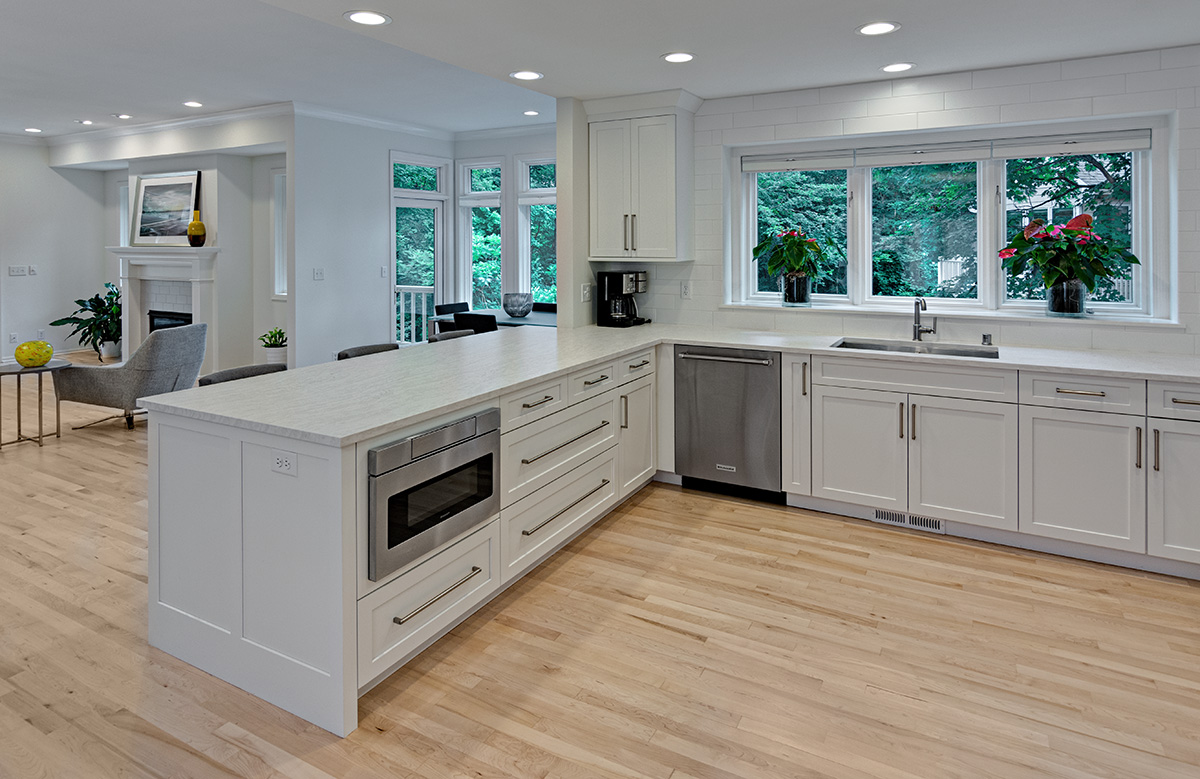 If you are considering adding a disconnected kitchen bar to your home, there are a few things to keep in mind. Firstly, make sure that the design and materials of the bar complement the existing kitchen cabinets. This will create a cohesive look and tie the two elements together. Secondly, consider the placement of the kitchen bar. It should be easily accessible and not obstruct any traffic flow in the kitchen.
In conclusion, a kitchen bar that is not connected to the cabinets is a popular trend in modern house design for its space-saving, versatility, and aesthetic appeal. By incorporating this feature into your kitchen, you can create a functional and stylish space that will be the heart of your home.
If you are considering adding a disconnected kitchen bar to your home, there are a few things to keep in mind. Firstly, make sure that the design and materials of the bar complement the existing kitchen cabinets. This will create a cohesive look and tie the two elements together. Secondly, consider the placement of the kitchen bar. It should be easily accessible and not obstruct any traffic flow in the kitchen.
In conclusion, a kitchen bar that is not connected to the cabinets is a popular trend in modern house design for its space-saving, versatility, and aesthetic appeal. By incorporating this feature into your kitchen, you can create a functional and stylish space that will be the heart of your home.
/kitchen-bars-15-pure-salt-magnolia-31fc95f86eca4e91977a7881a6d1f131.jpg)


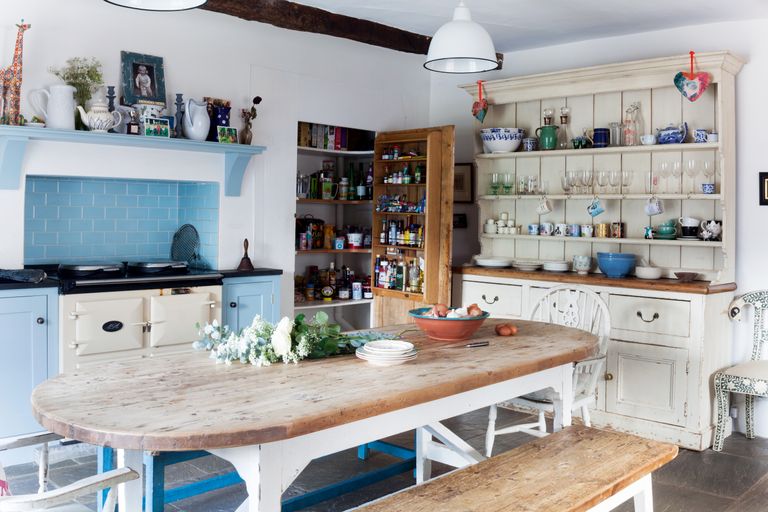
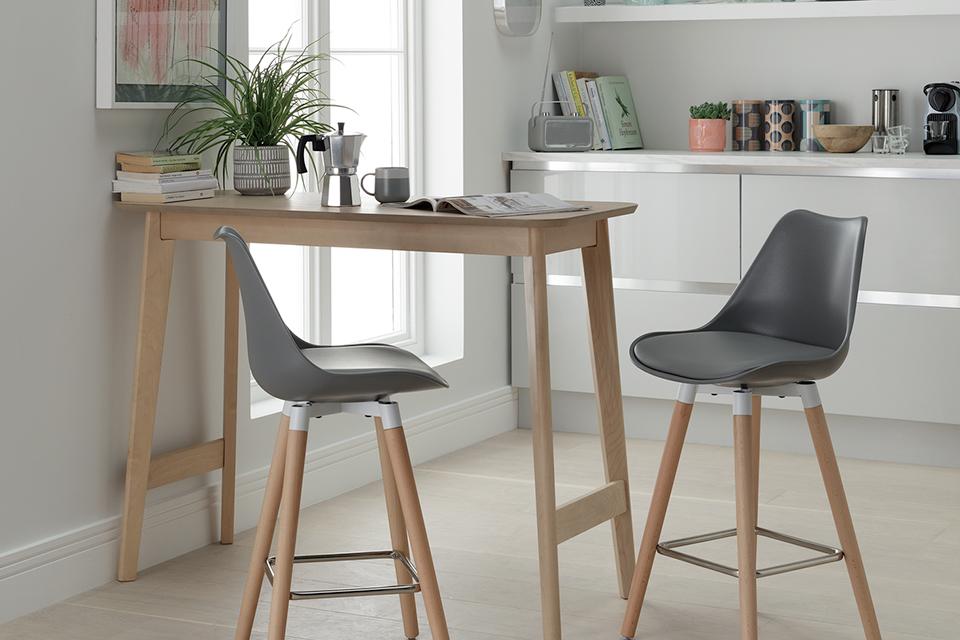
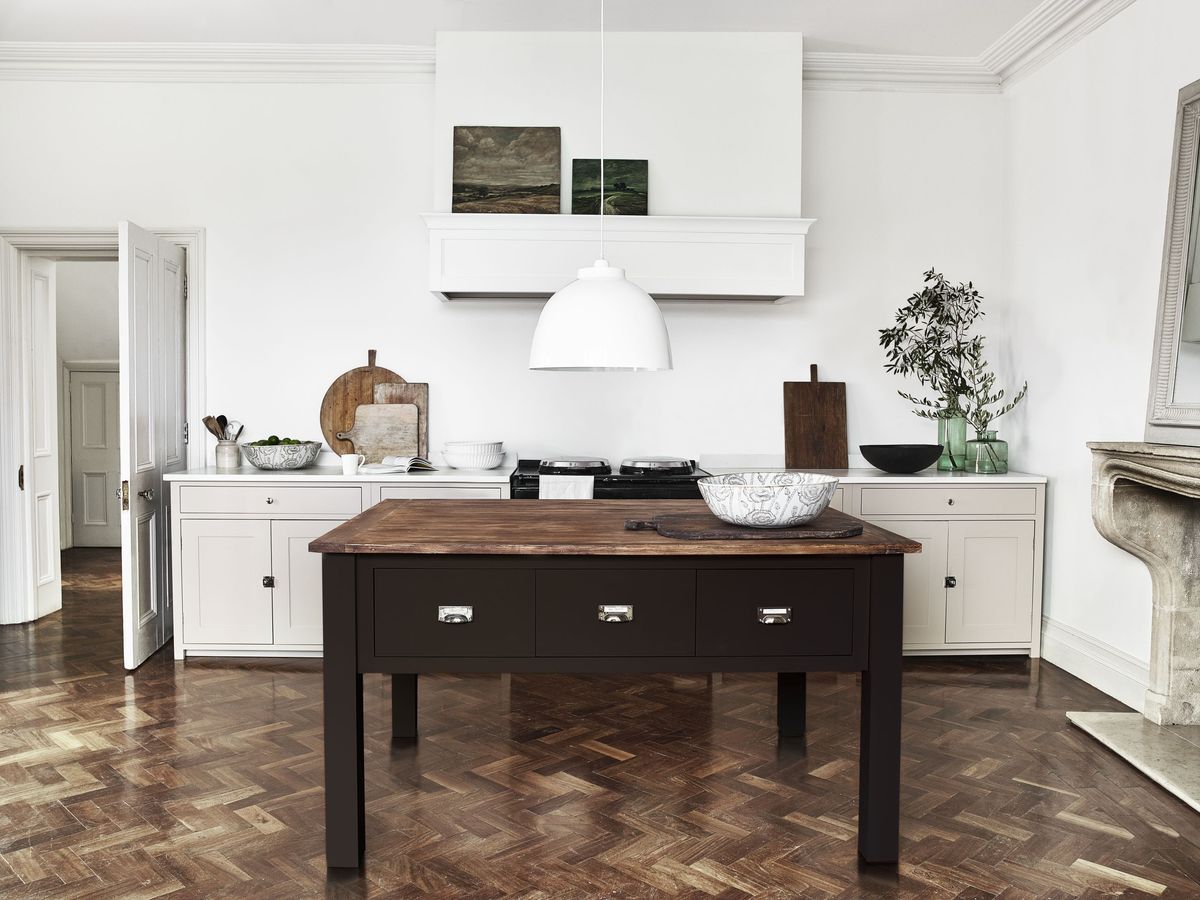



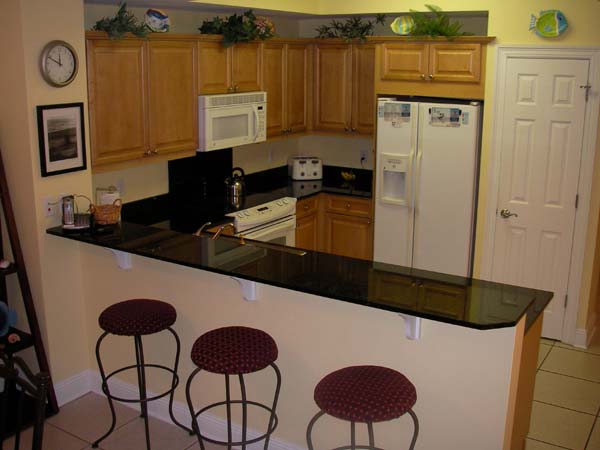
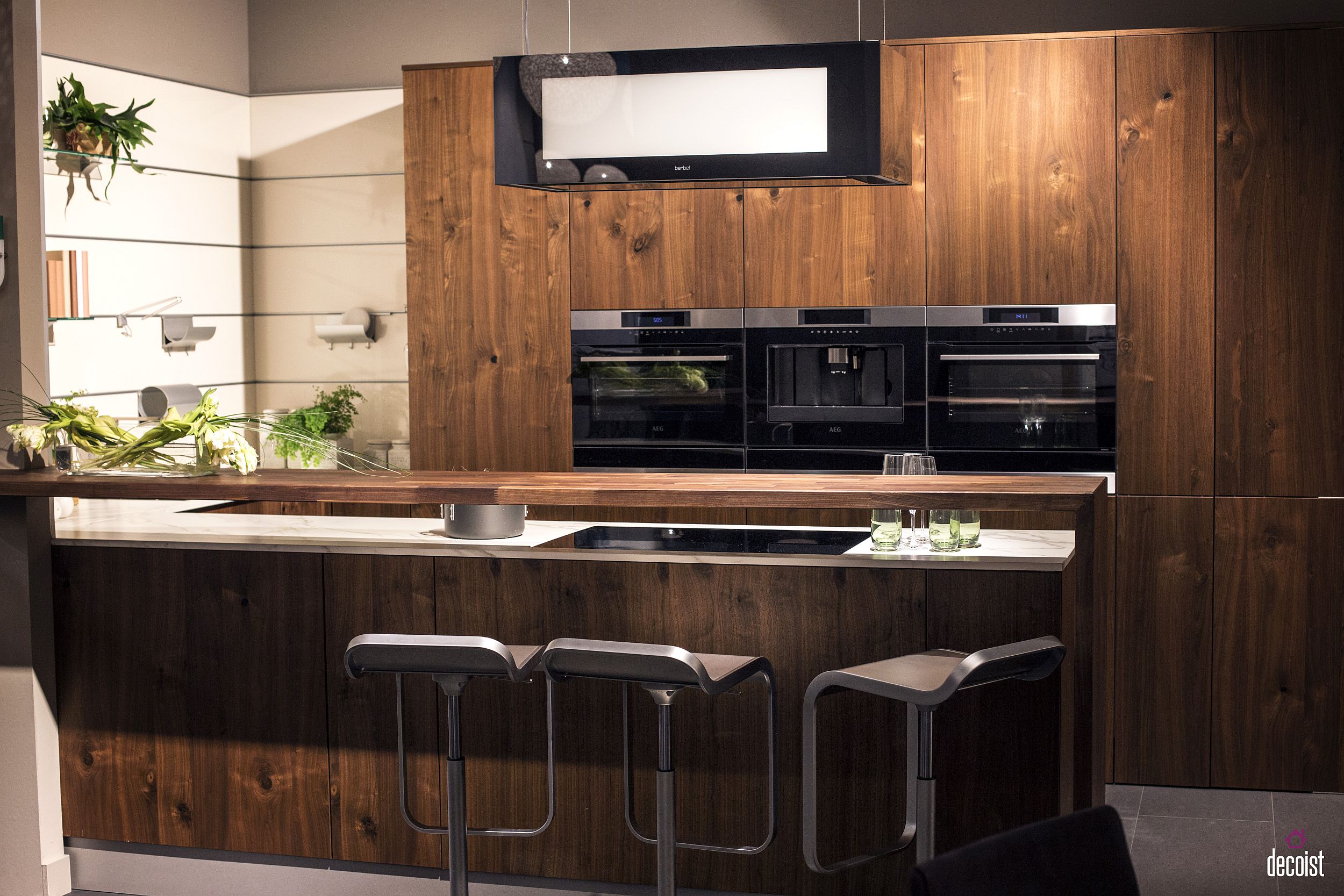



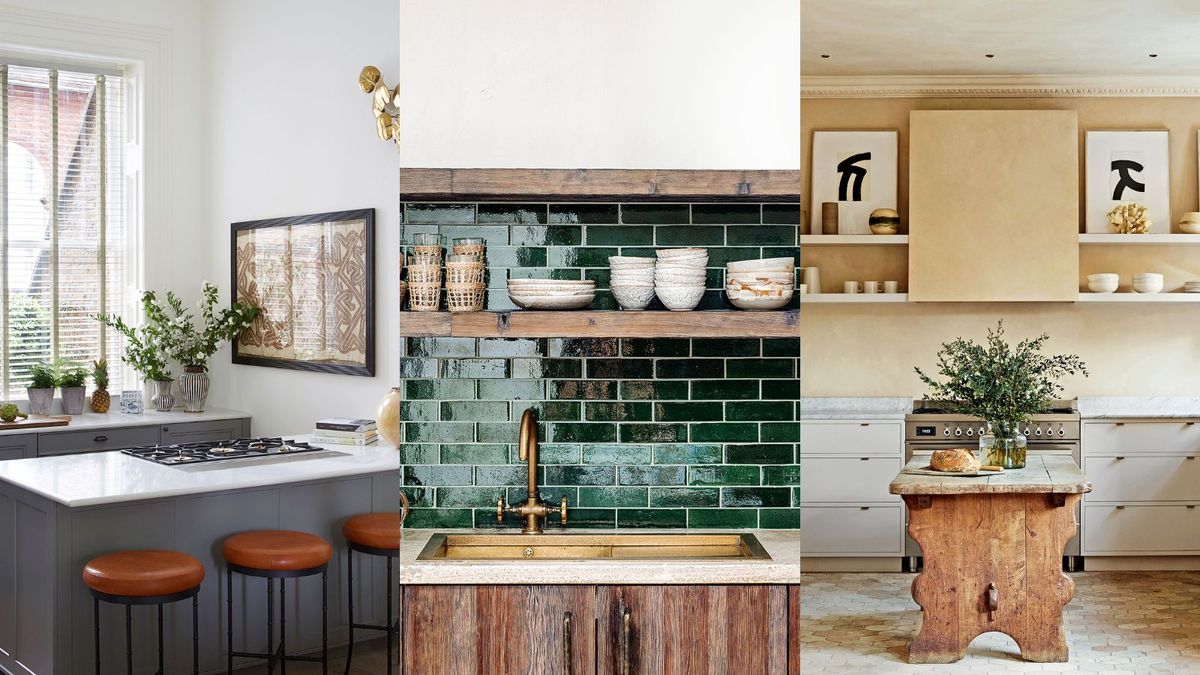




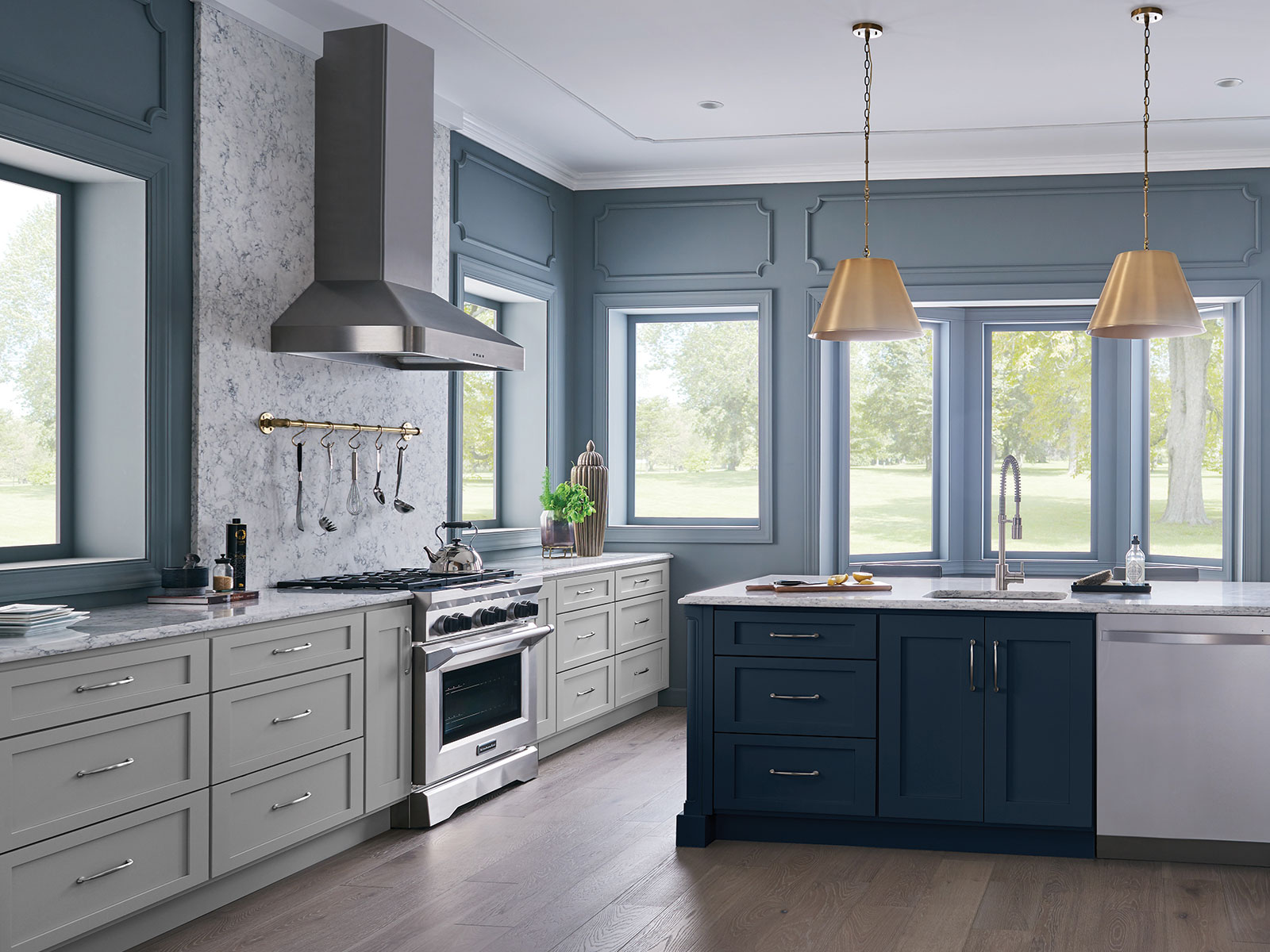
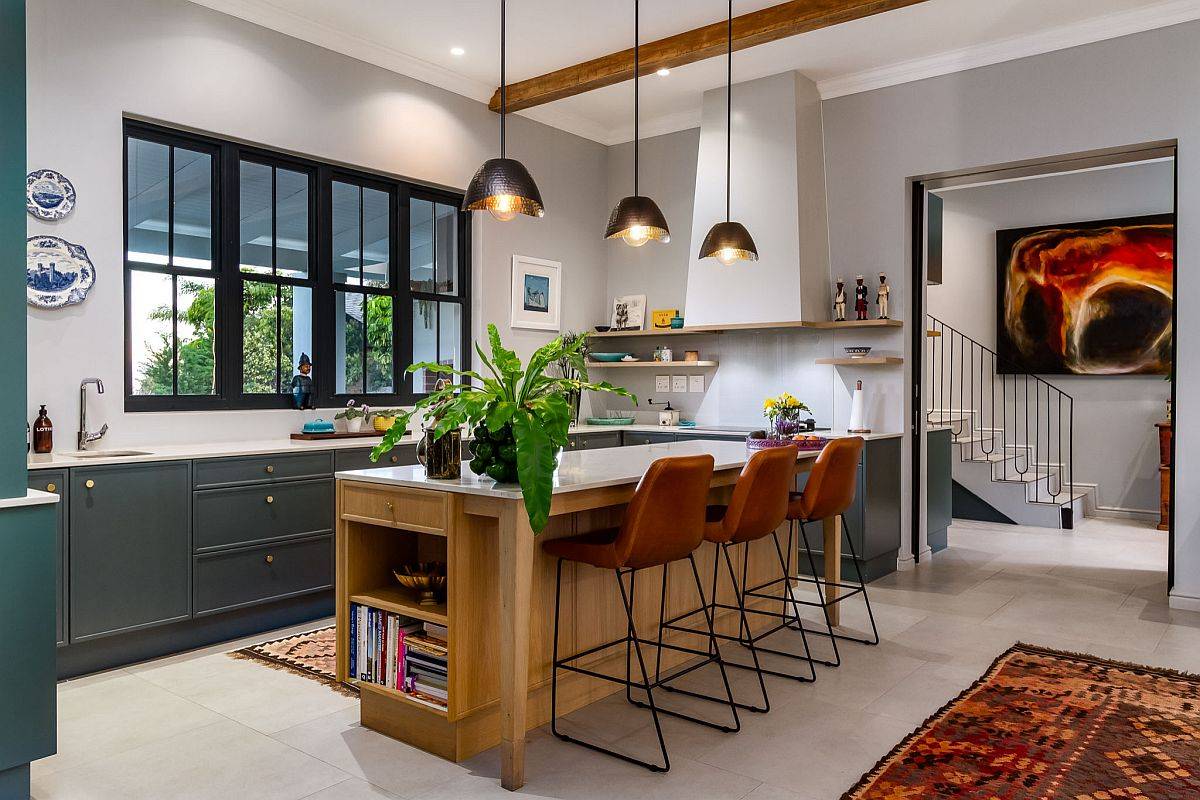
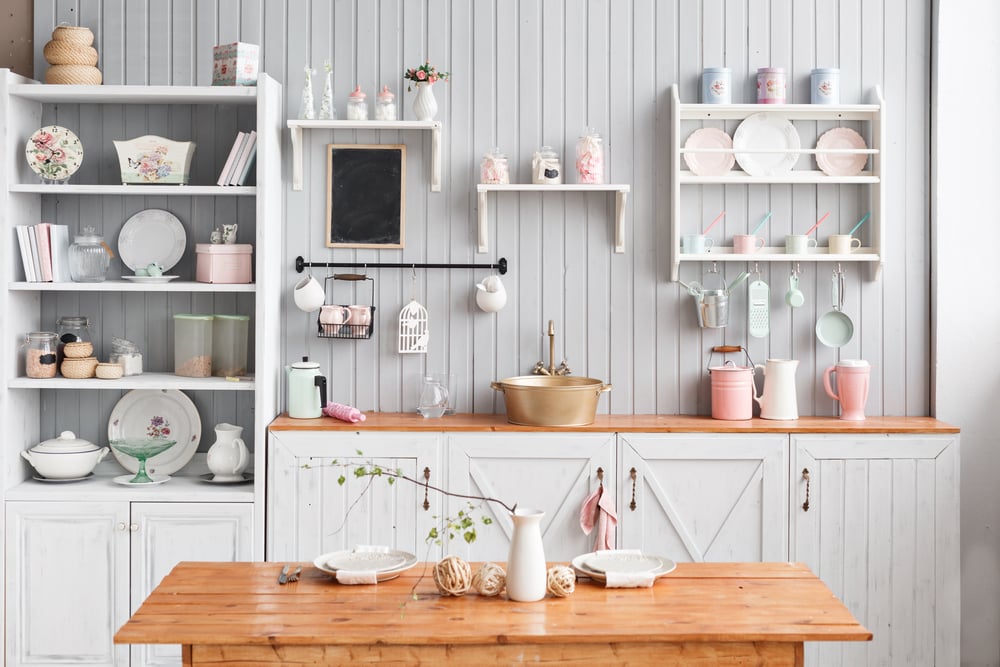





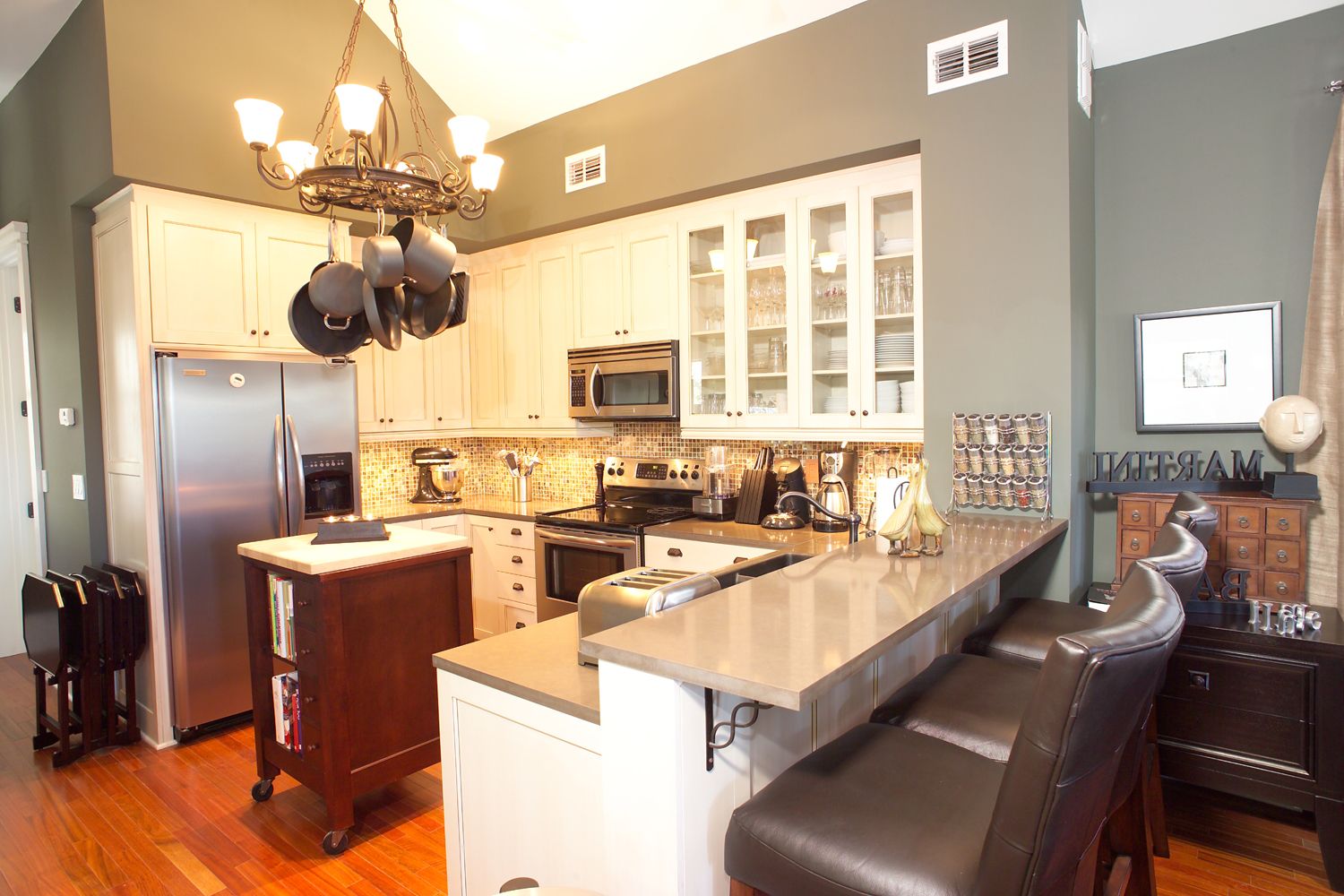
:max_bytes(150000):strip_icc()/af1be3_9fbe31d405b54fde80f5c026adc9e123mv2-f41307e7402d47ddb1cf854fee6d9a0d.jpg)


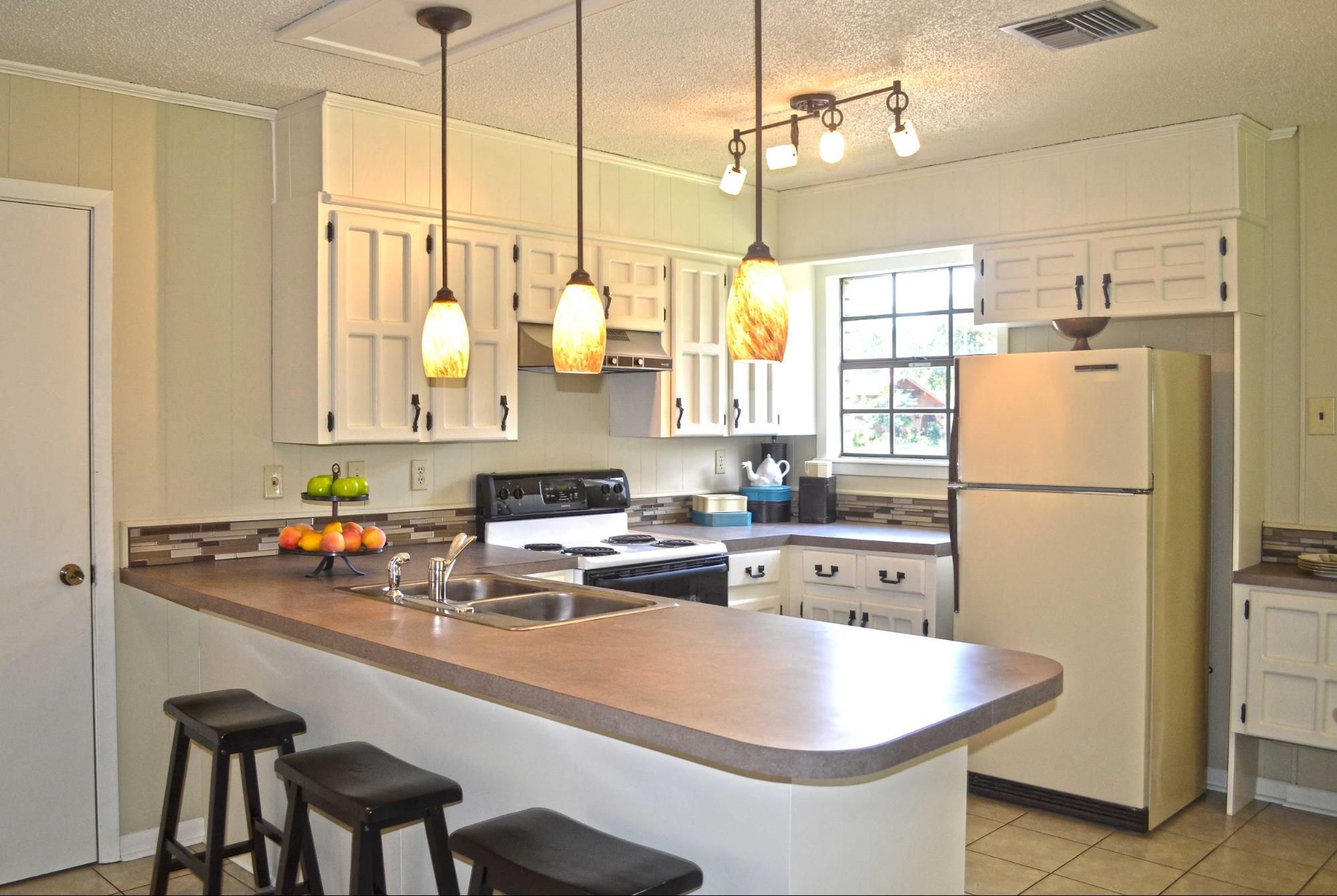


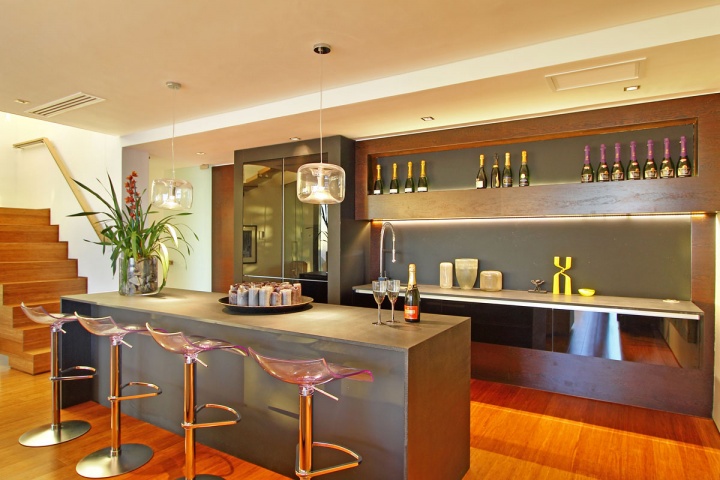







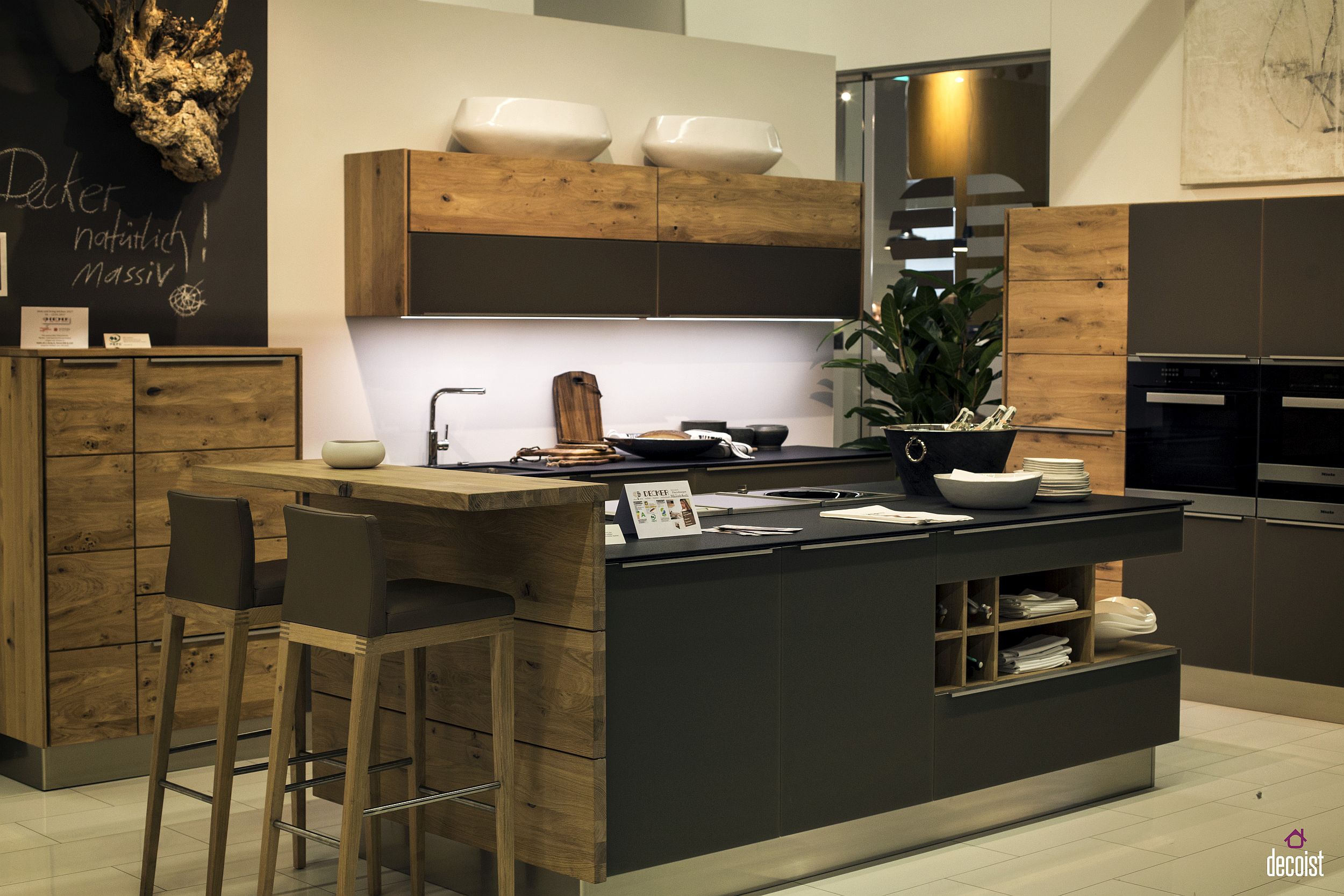




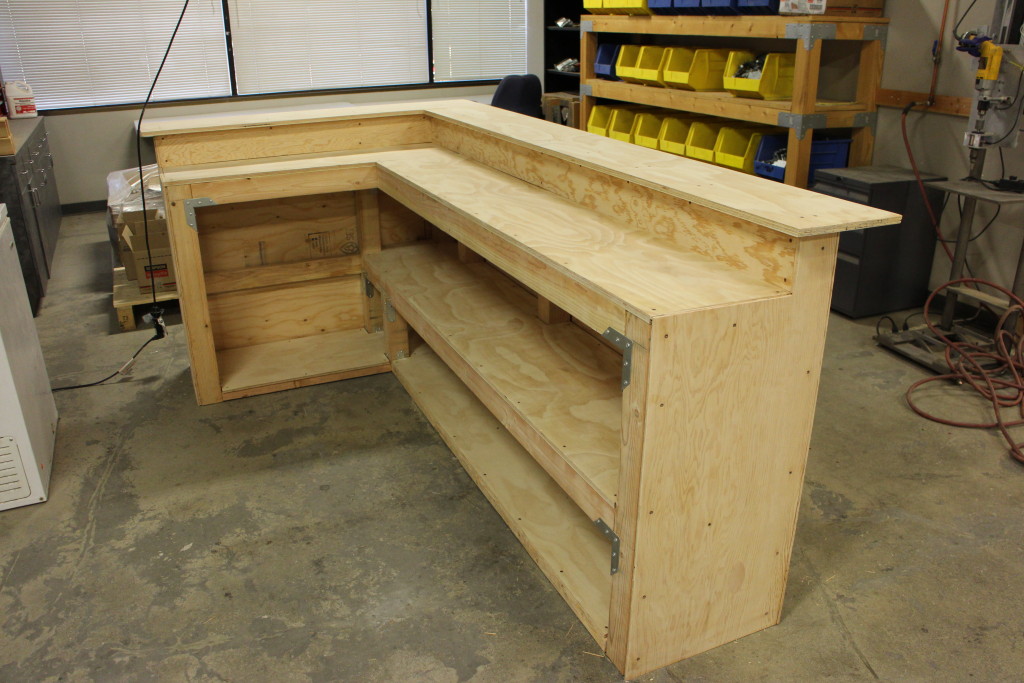
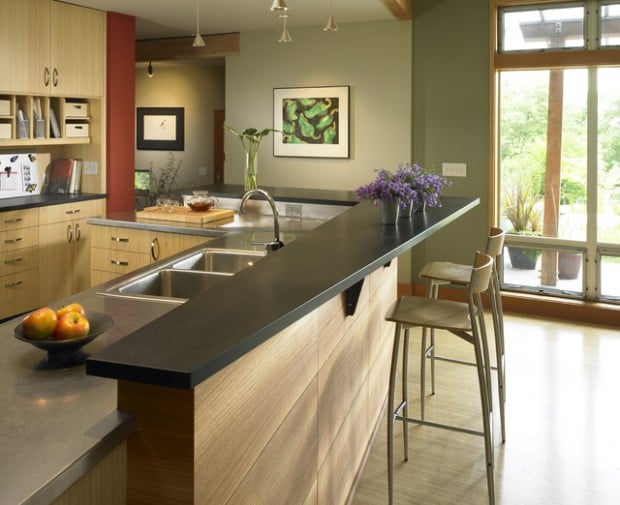


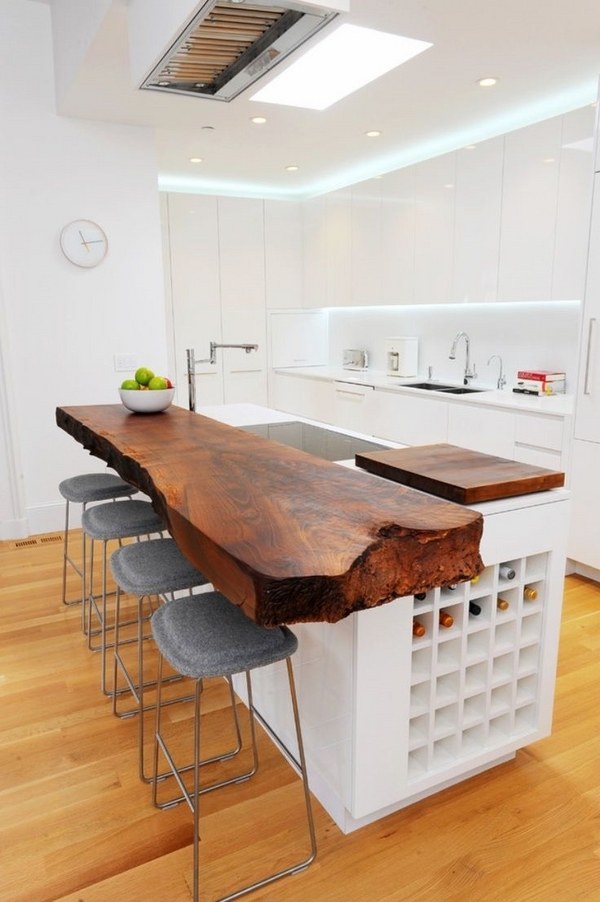
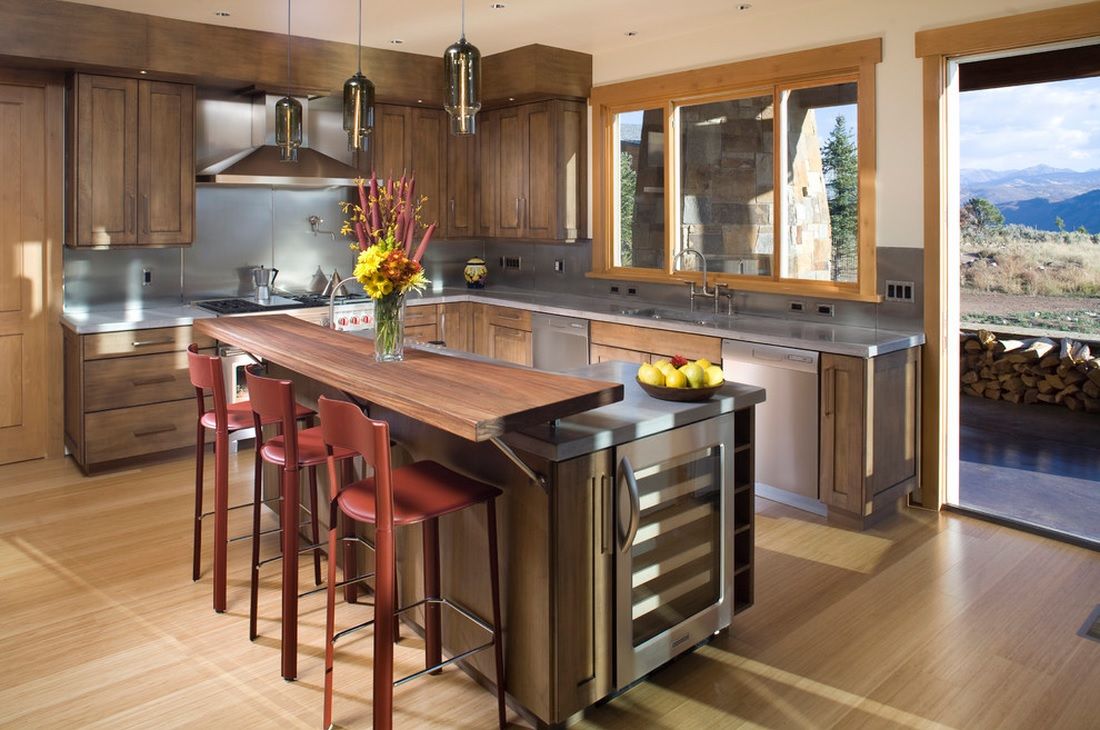







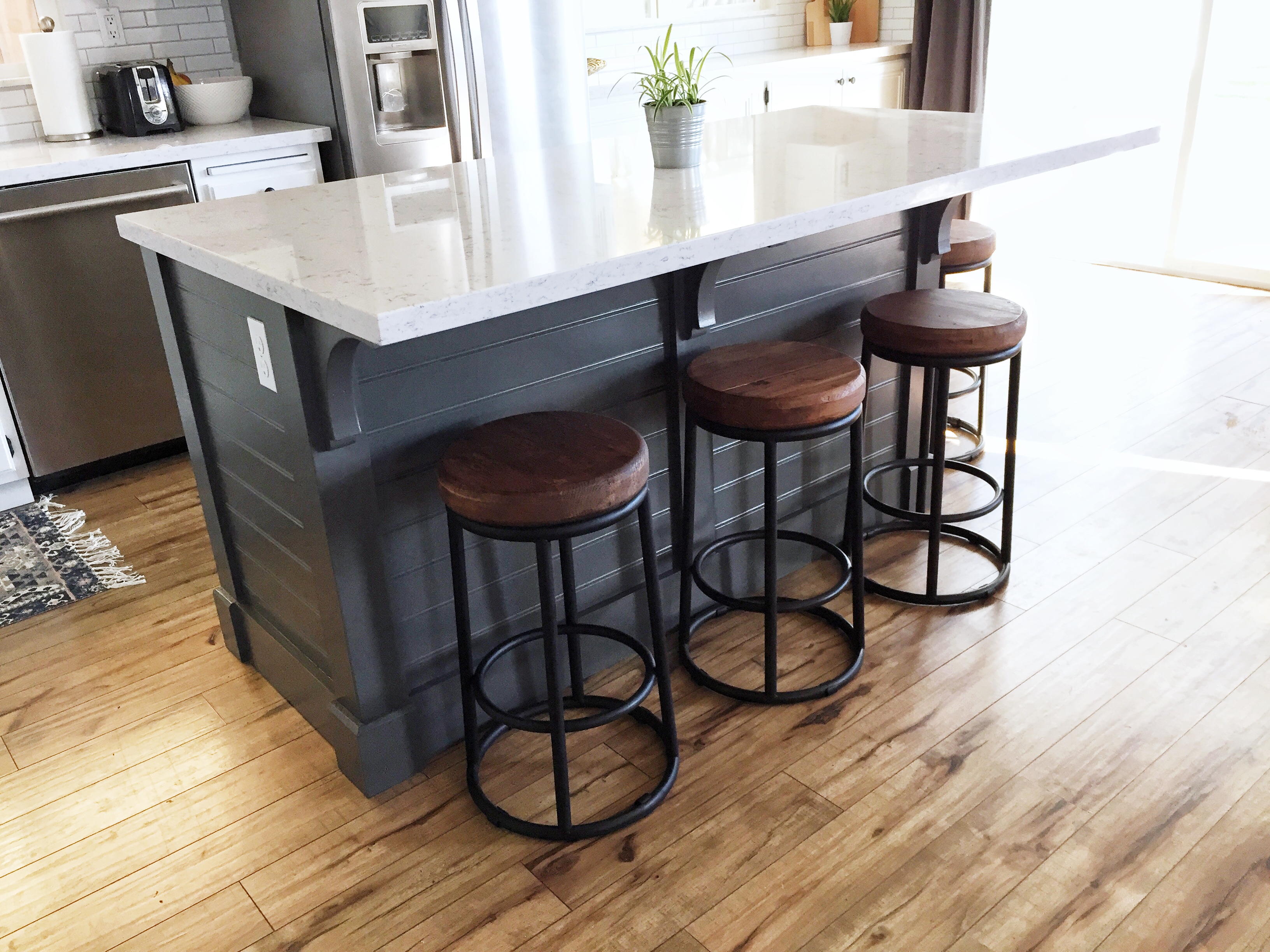






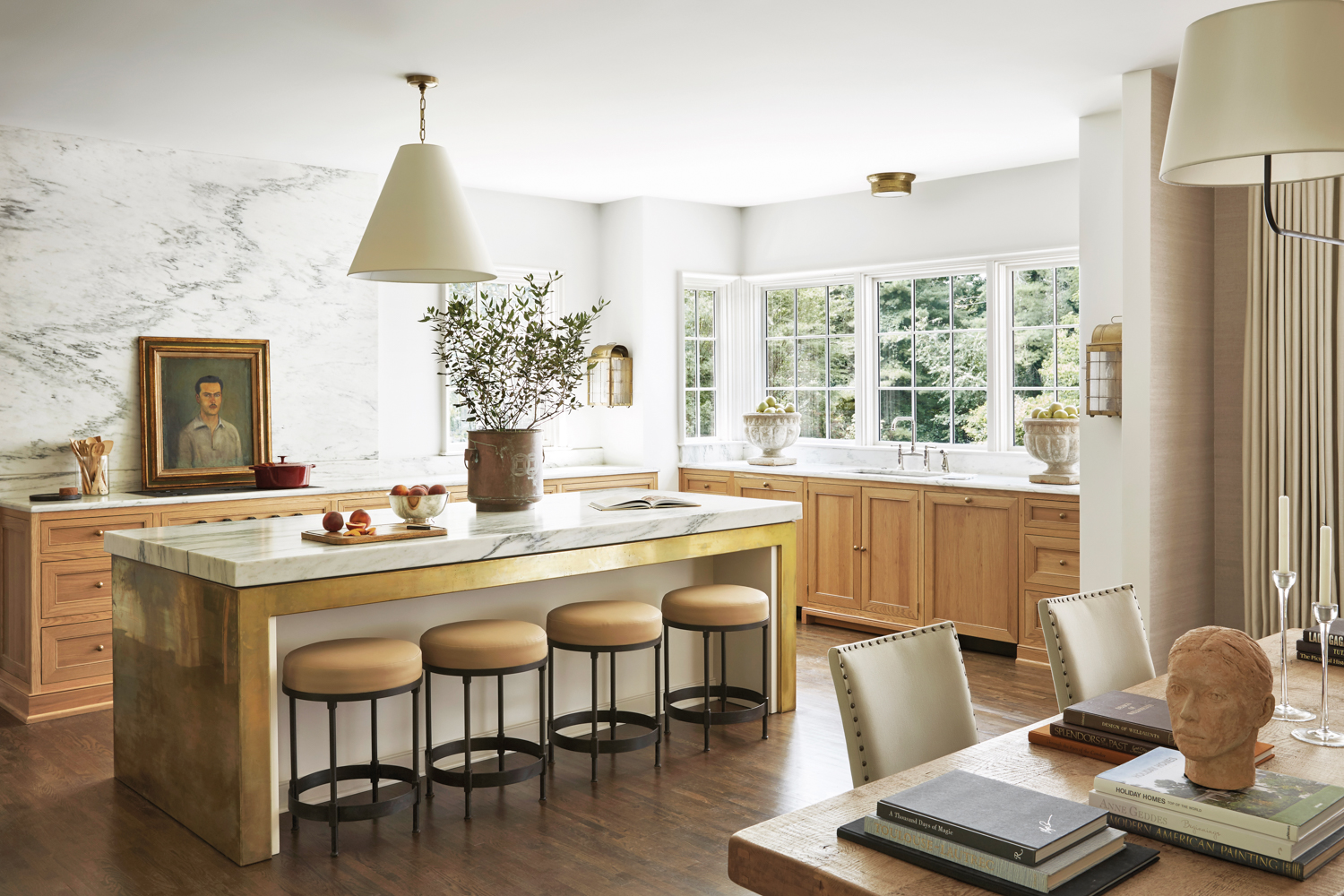
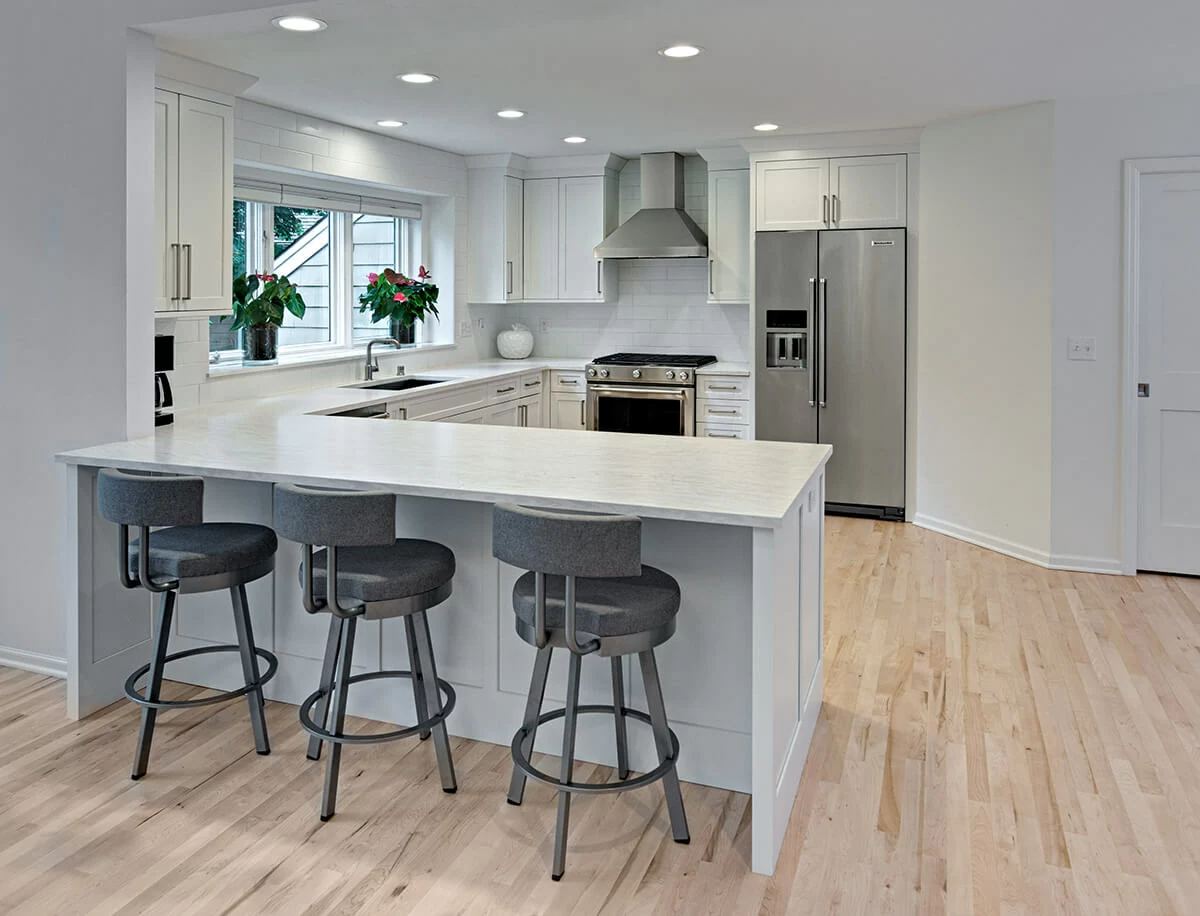

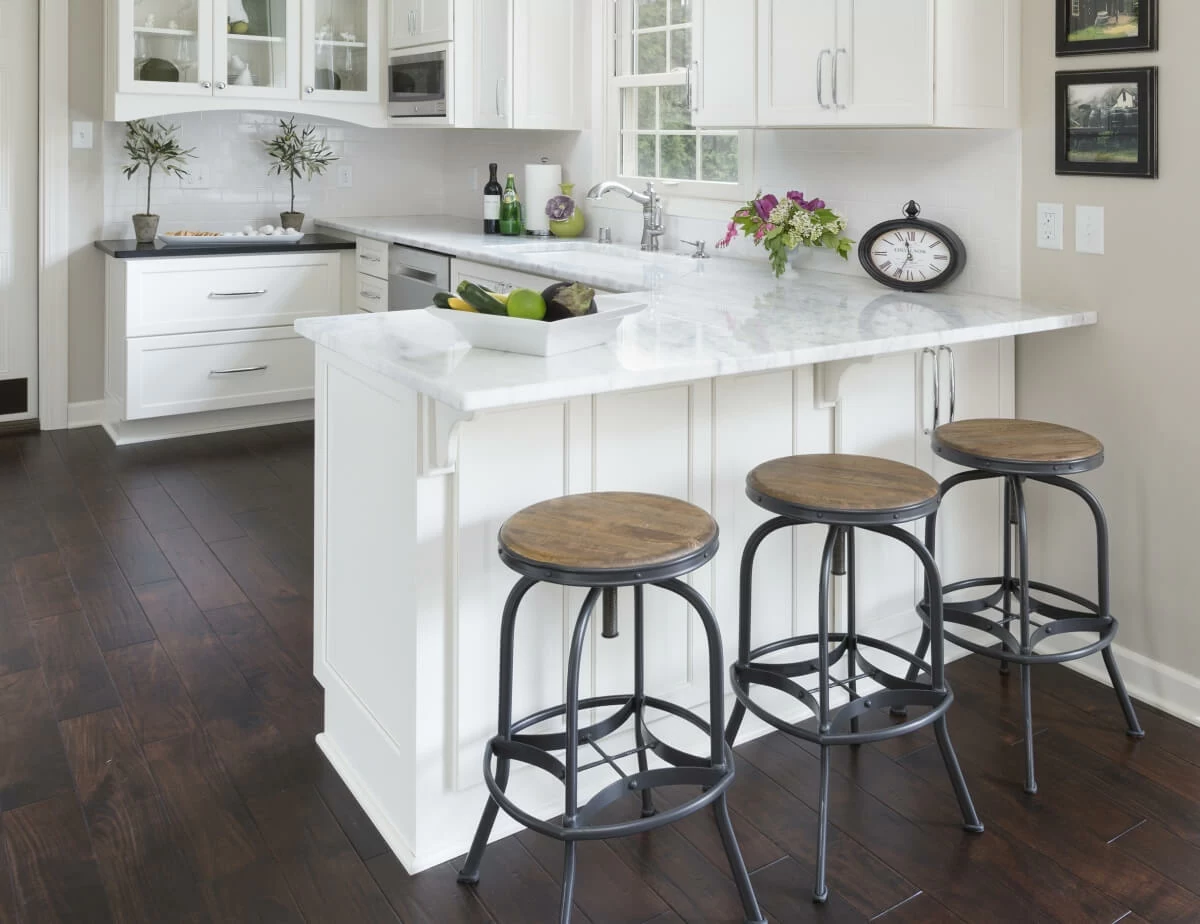



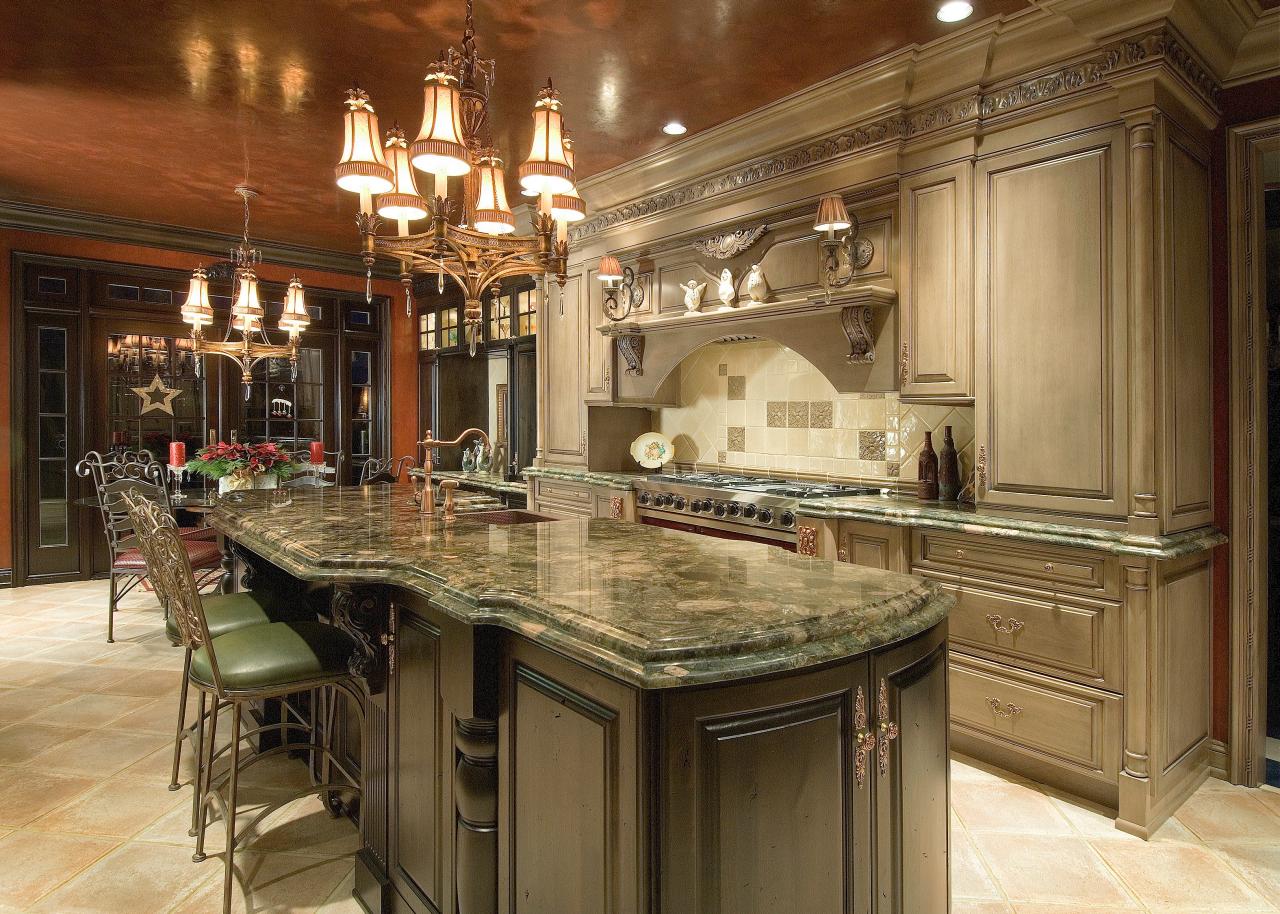



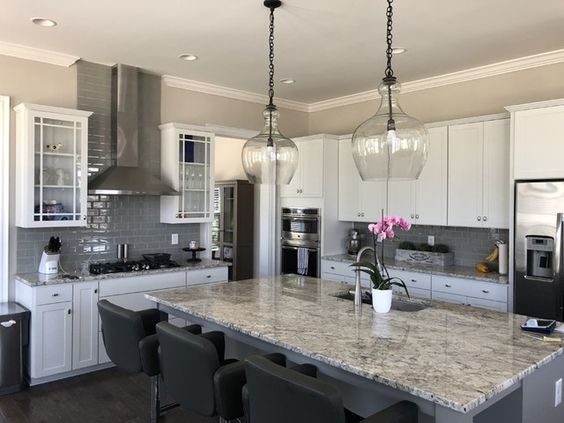

:max_bytes(150000):strip_icc()/kitchen-bars-2-leclair-decor-baldwin-81fc4609bedb4b2889847818dd0c218f.png)
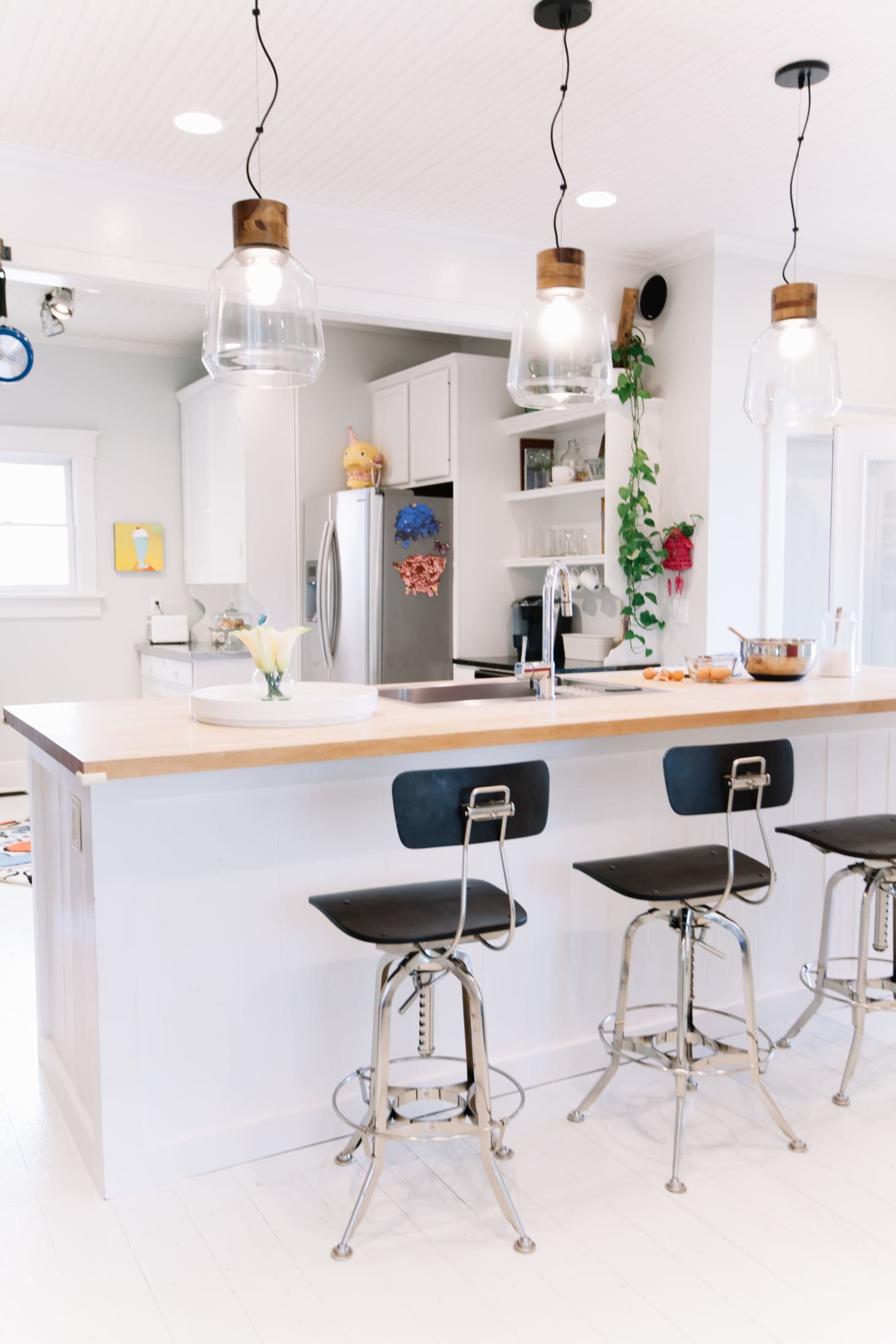
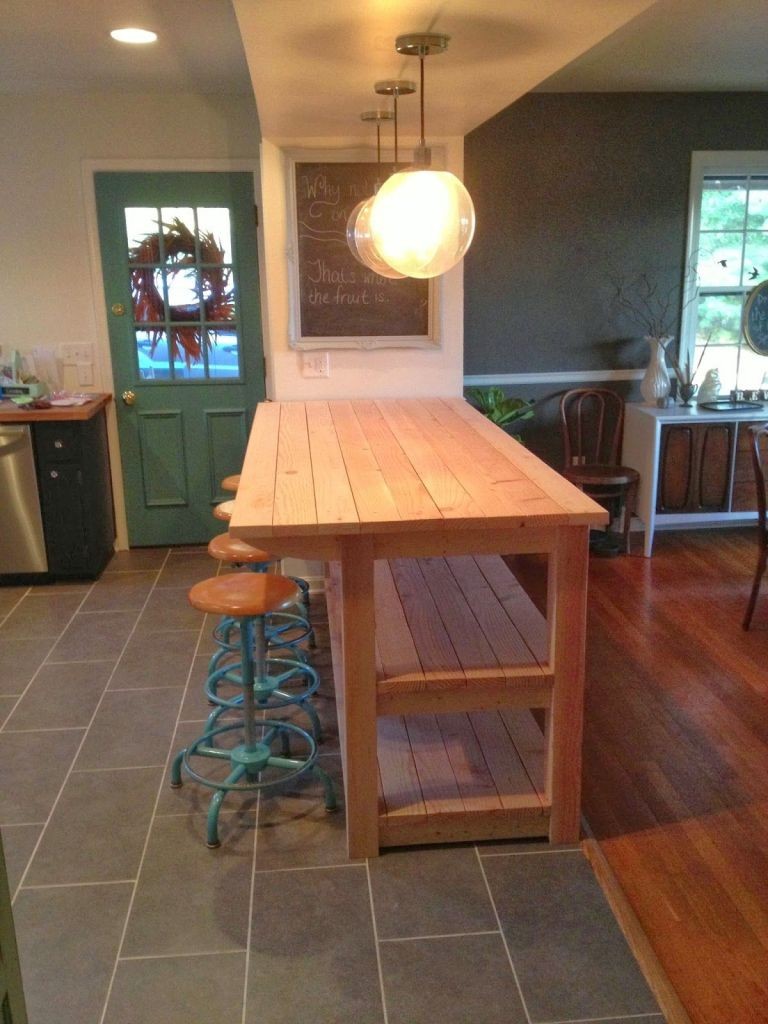

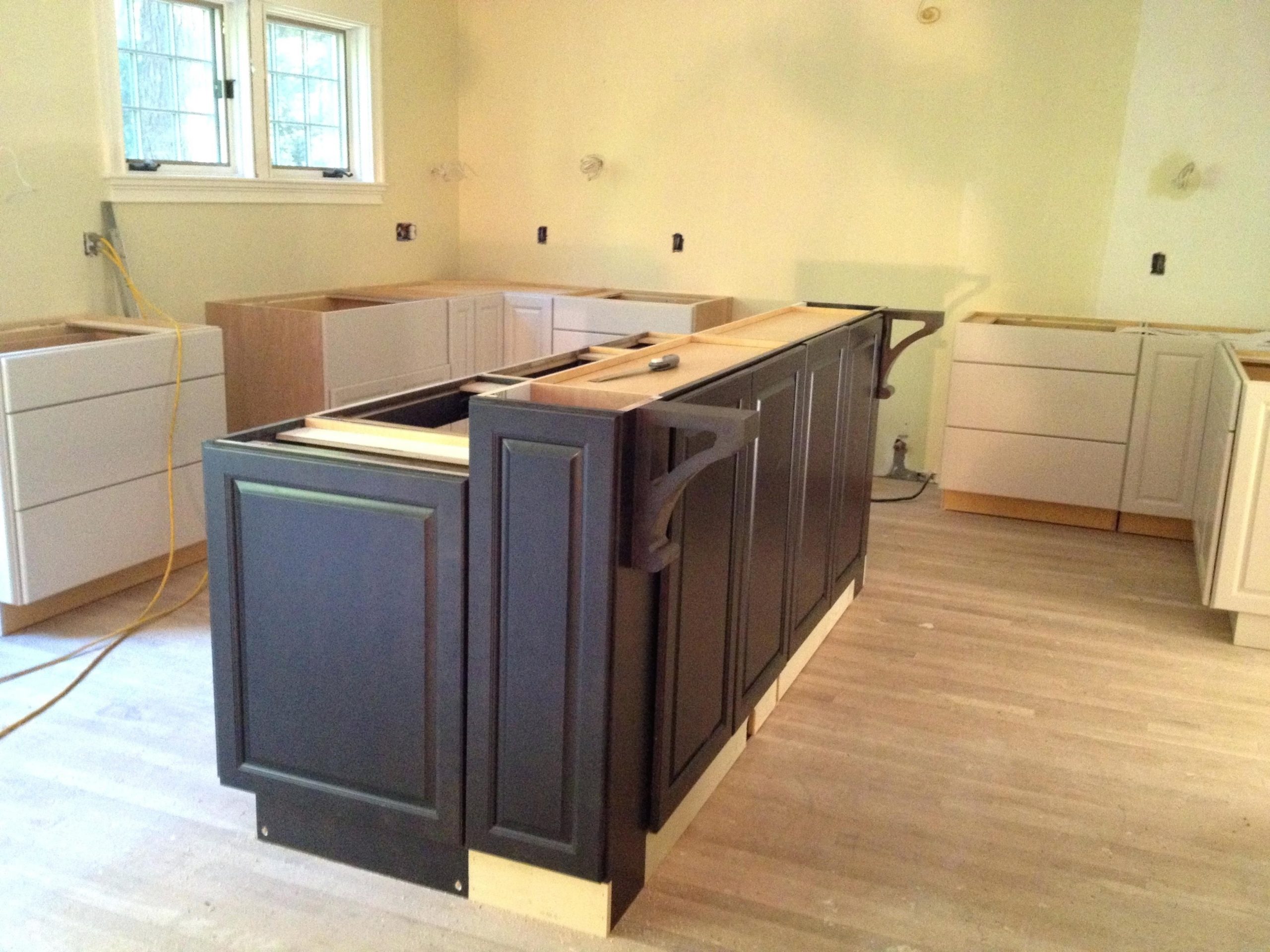




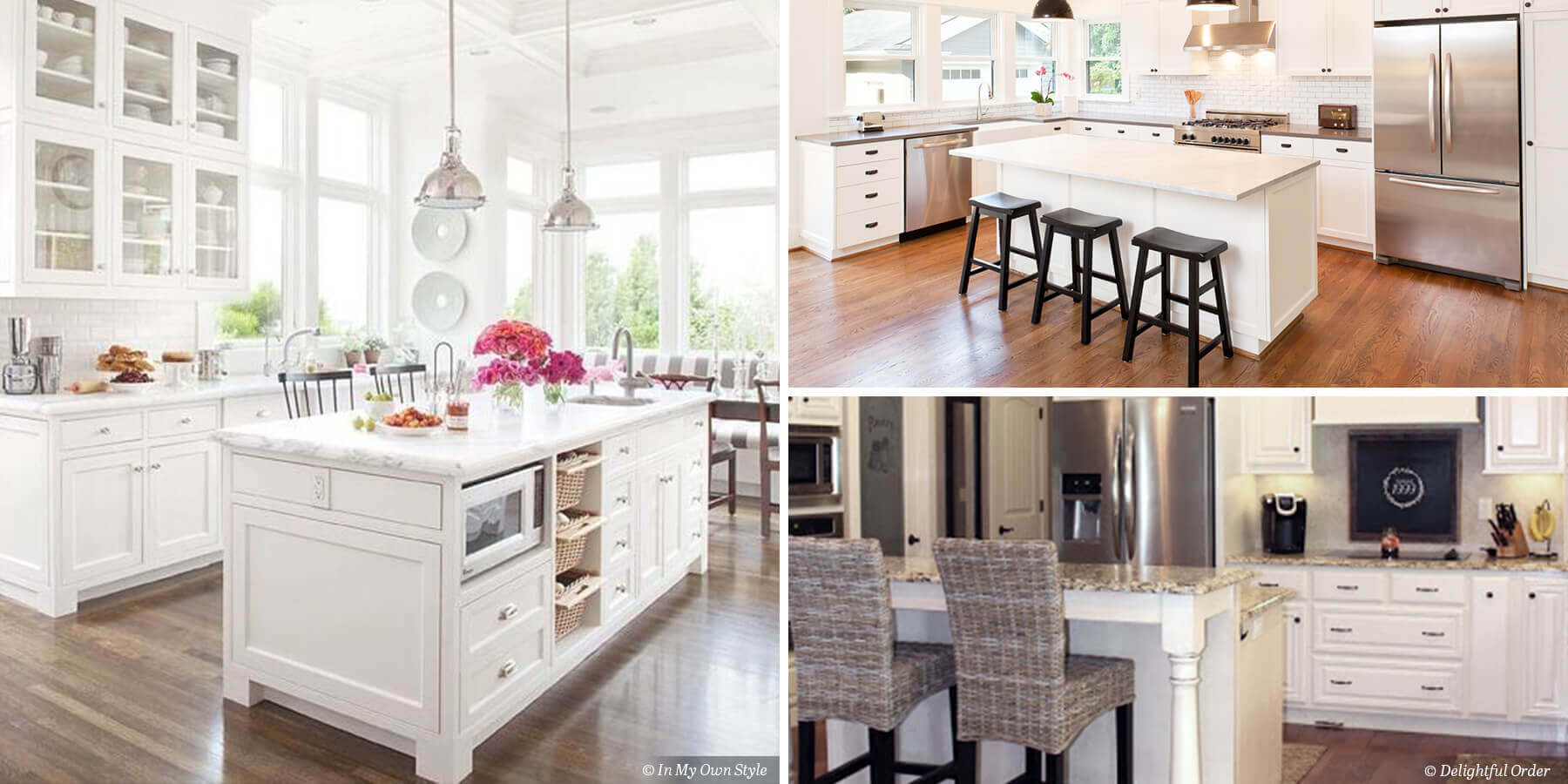





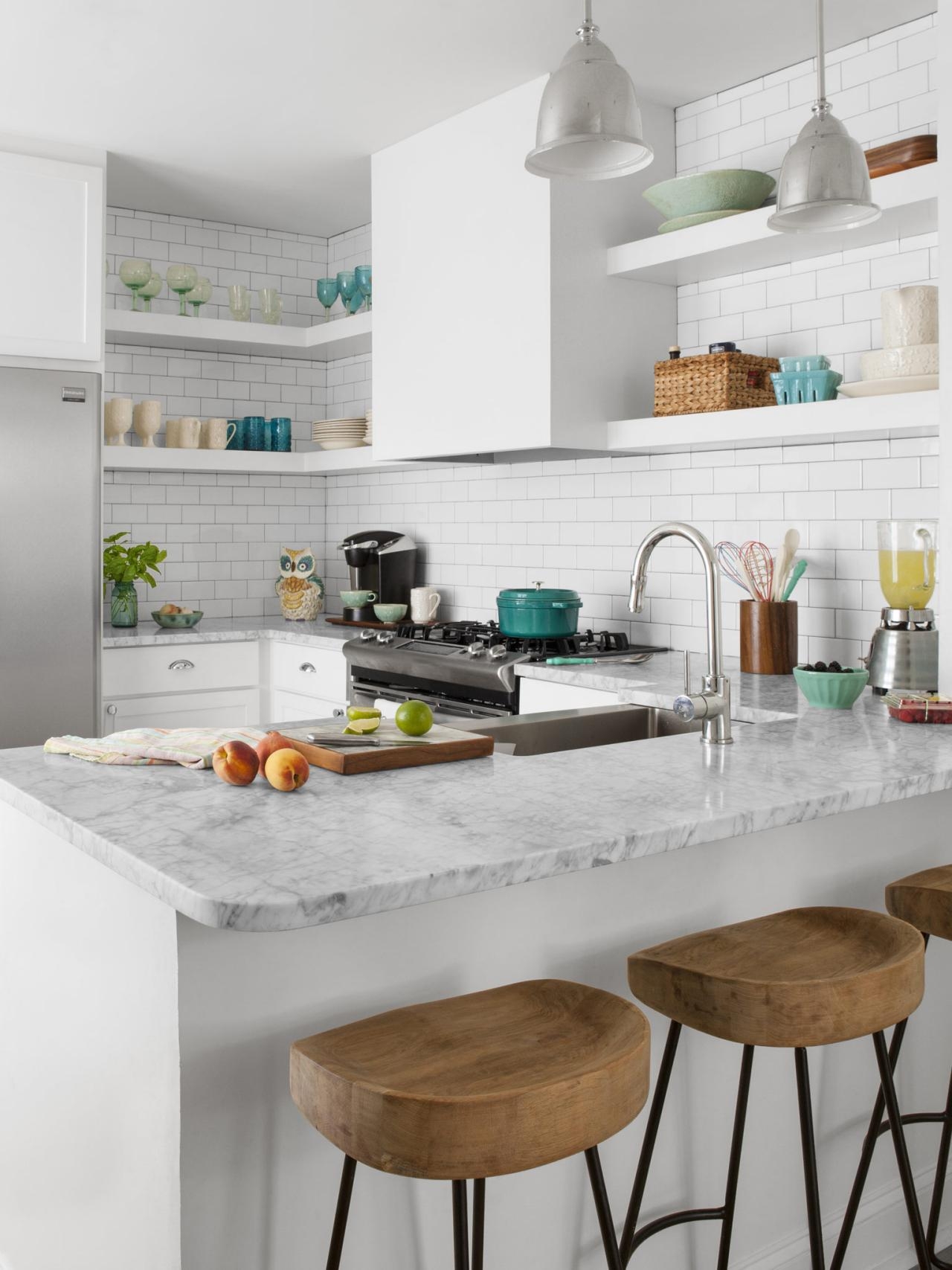

/exciting-small-kitchen-ideas-1821197-hero-d00f516e2fbb4dcabb076ee9685e877a.jpg)









